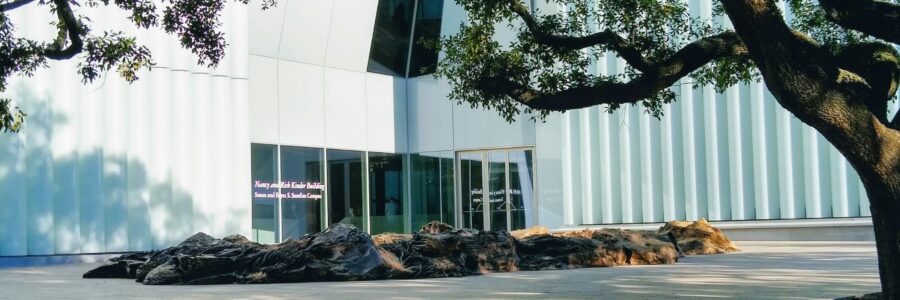
Houston to Celebrate the Nancy and Rich Kinder Building Opening on Saturday, November 21
Building is designed by Steven Holl Architects for the MFAH International Collections of Modern and Contemporary Art
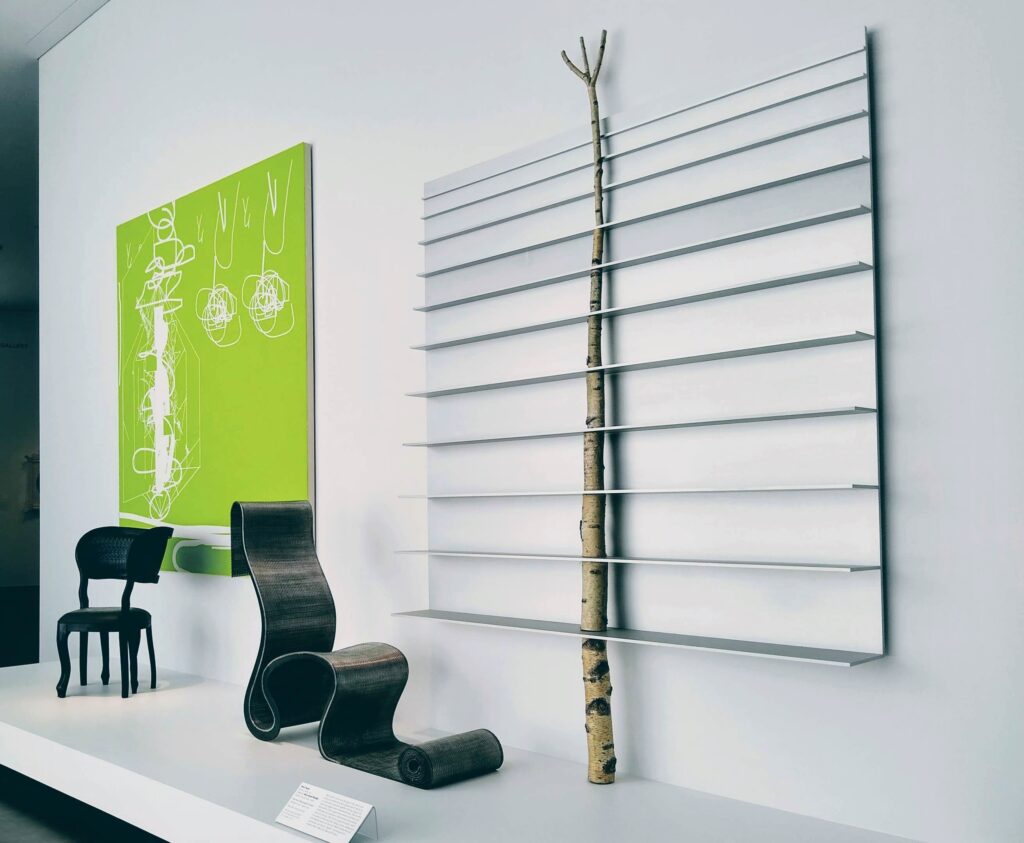
MFAH offers free admission throughout the weekend to all buildings on its Susan and Fayez S. Sarofim Campus, marking the completion of the decade-long expansion project
The Museum of Fine Arts, Houston will open its Nancy and Rich Kinder Building to the public on Saturday, November 21, culminating a week of previews for staff, donors, members, and community partners.
To celebrate the public inauguration of Houston’s newest cultural landmark, the MFAH will offer free general admission to all of its gallery buildings throughout the weekend and to the Kinder Building through Wednesday, November. 25.

The third gallery building of the MFAH, dedicated for the display of the Museum’s outstanding and fast-growing international collections of modern and contemporary art, the 237,000-square-foot Kinder Building has been designed by Steven Holl, Principal and Lead Designer of Steven Holl Architects, who also designed the master plan for the Sarofim Campus.
The landscape architects for the 14-acre Sarofim Campus are Deborah Nevins and Mario Benito of Deborah Nevins & Associates/ Nevins & Benito Landscape Architecture, D.P.C. The Kinder Building is named in honor of Richard D. Kinder, Chairman of the MFAH Board of Trustees, and his wife, Nancy Kinder.
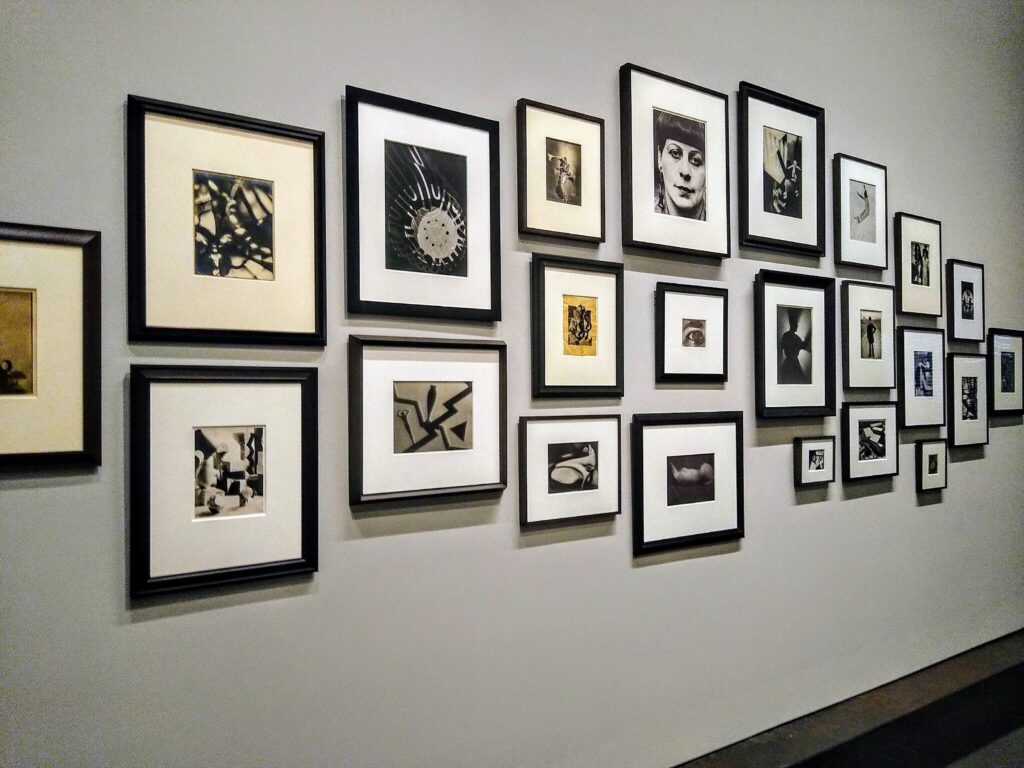
Gary Tinterow, Director, the Margaret Alkek Williams Chair, MFAH, said, “A century after the Museum’s founding by a group of local art lovers, it is thrilling to place the finishing touches on the Susan and Fayez S. Sarofim Campus, the most complete expression of the Museum of Fine Arts, Houston. None of them could have imagined the scale, scope, and sweep of the museum campus, nor the breadth of its collections. But thanks to hundreds of generous donors, led by the Sarofims and Nancy and Rich Kinder, we have been able to construct magnificent new facilities for the display of the art of the preceding century and of our time, and to provide new plazas and gardens that will make the Museum of Fine Arts, Houston the cultural hub of the region. I extend my gratitude and congratulations to Steven Holl and Chris McVoy and repeat my heartfelt thanks to the legion of patrons who made this vast undertaking possible.”

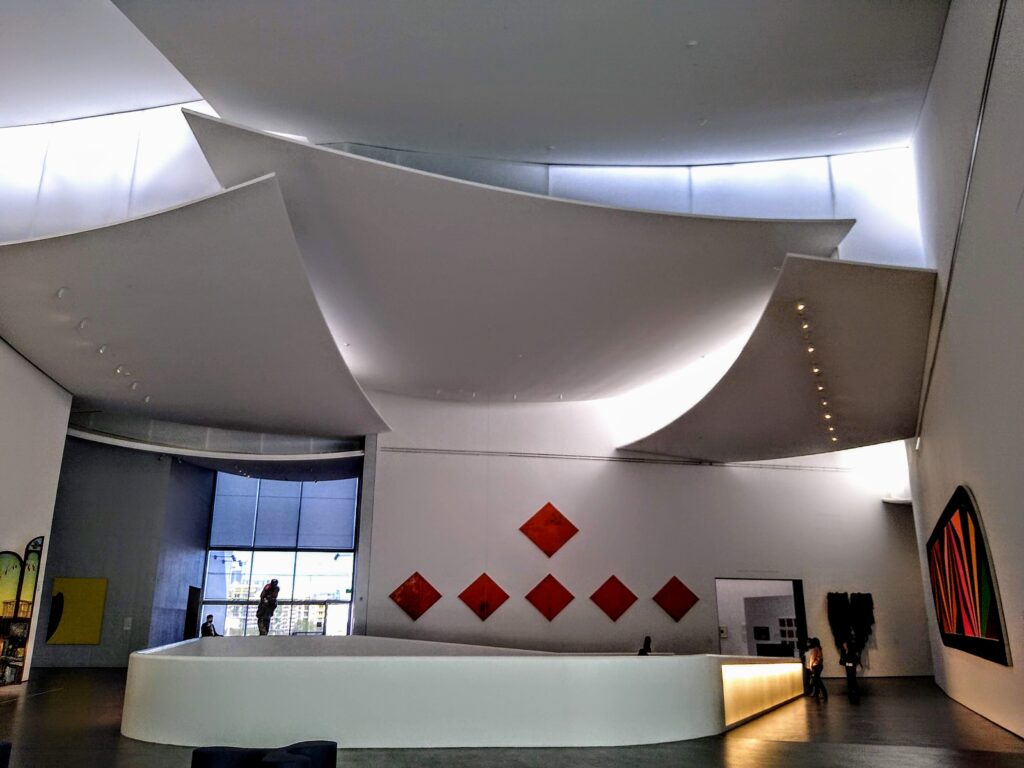
Rich Kinder said, “Nancy and I are overjoyed to see this wonderful building open its doors to the public in the heart of a beautifully expanded and landscaped campus. This opening means so much to us because we know what it means for the people of Houston, who make this institution their museum, day after day. We thank everyone who shares our deep belief in Houston and has worked to make this day a reality.”


About the Nancy and Rich Kinder Building
The Kinder Building is opening with the first comprehensive installation of the Museum’s collections of modern and contemporary artworks, drawn from the collections of Latin American and Latino art; photography; prints and drawings; decorative arts, craft, and design; and modern and contemporary art.

A flexible black-box gallery at street level is devoted to immersive installations, including The Hydrospatial City, 1946-1972, by the Argentinean artist Gyula Kosice and Caper, Salmon to White: Wedgework, 2000, a light-filled environment by James Turrell.
A windowed gallery facing Main Street features Lezart I, 1989, a monumental installation by the Brazilian artist Tunga, adjacent to a gallery presenting the Museum’s kinetic sculptures by Jean Tinguely, a historic 1965 acquisition. Moon Dust (Apollo 17), 2009, an installation of suspended lights by Spencer Finch, hangs in the café space.
The second-floor galleries are organized by curatorial department. While incorporating all major movements and representing the internal histories of different media, the galleries also challenge familiar narratives by cutting across national borders and in some cases chronological categories.
The third-floor galleries feature thematic exhibitions, with artworks from the 1960s onward. These inaugural exhibitions are Collectivity, featuring works that activate a sense of community; Color Into Light, showcasing the dynamic role of color in the work of artists in the United States, Latin America, and Europe; LOL!, with works that use humor as a strategy; Border, Mapping, Witness, which considers maps and borders in geographic, social, and political terms; and Line Into Space, examining how artists have explored line in multiple dimensions and media.
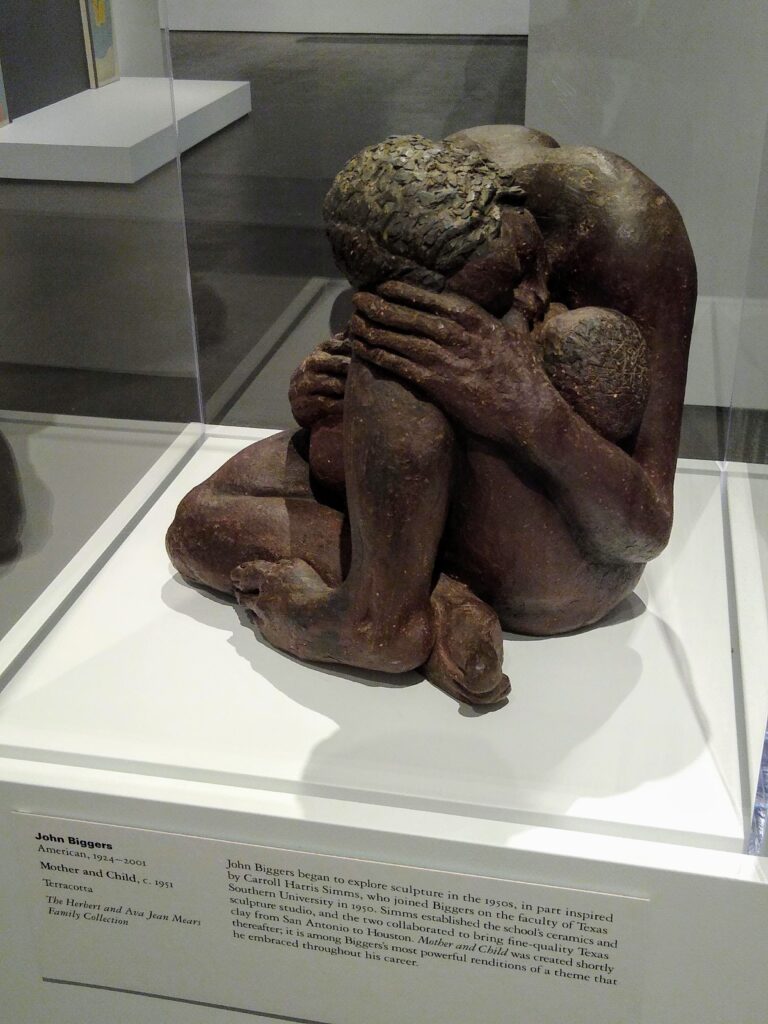
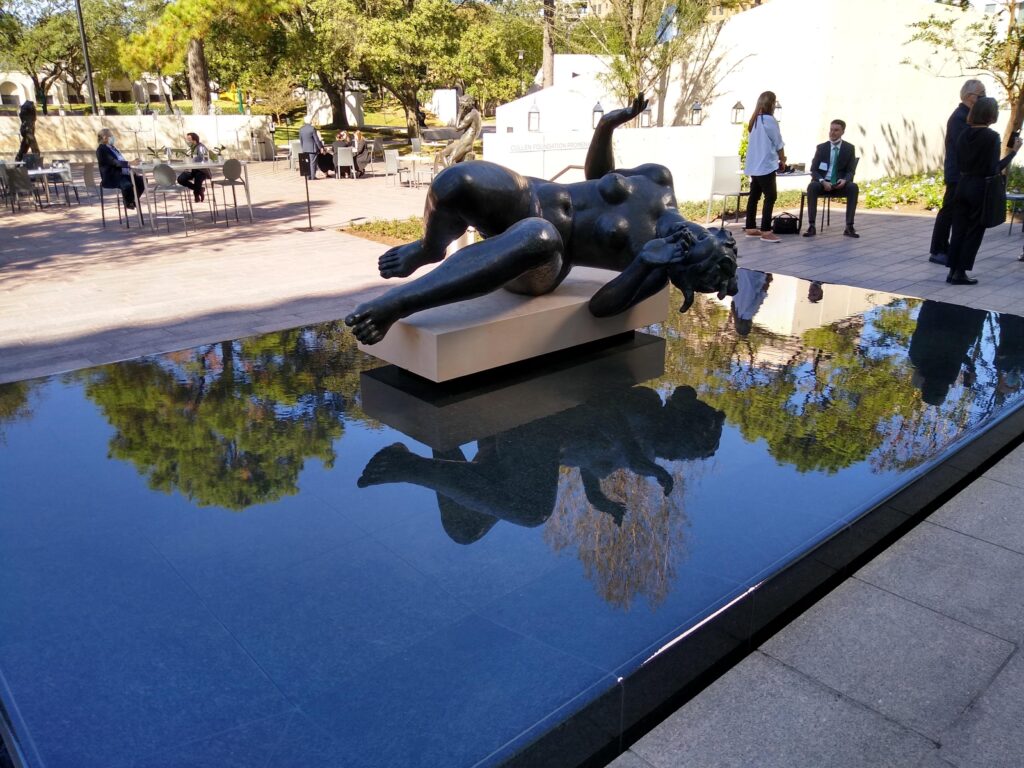
These first installations in the Kinder Building are accompanied by eight major site-specific commissioned works. Commissioned artists are El Anatsui, Byung Hoon Choi, Carlos Cruz-Diez, Ólafur Elíasson, Trenton Doyle Hancock, Cristina Iglesias, Jason Salavon, and Ai Weiwei. These commissions join additional recent acquisitions featured in the Kinder Building, including works by Magdalena Abakanowicz, Glenn Ligon, Martin Puryear, Ursula von Rydingsvard, Doris Salcedo, and Kara Walker.
About the Susan and Fayez S. Sarofim Campus
The Nancy and Rich Kinder Building stands in complementary contrast to the Museum’s existing gallery buildings—the Caroline Wiess Law Building (designed in the 1920s by William Ward Watkin, with later extensions by Ludwig Mies van der Rohe) and the Audrey Jones Beck Building (designed by Rafael Moneo, opened in 2000)—and in dialogue with the adjacent 1986 Lillie and Hugh Roy Cullen Sculpture Garden, designed by Isamu Noguchi.
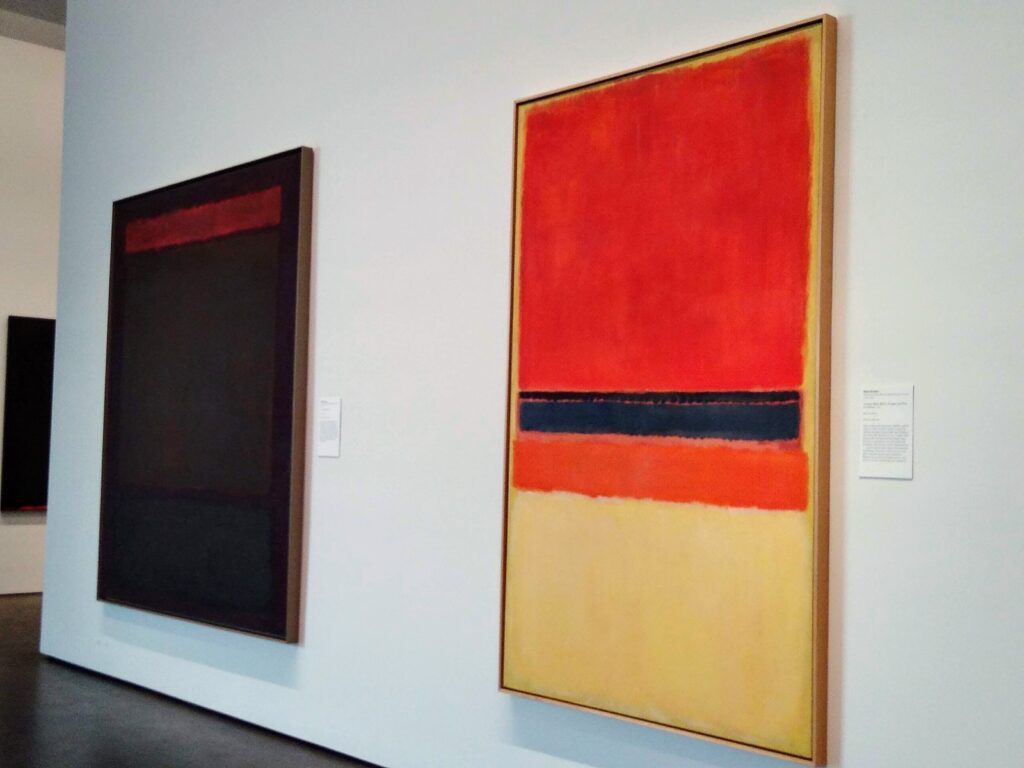
The trapezoidal concrete Kinder Building is clad in vertical glass tubes that emit a soft glow at night in a pattern across its facades. Five rectangular courtyard pools are inset along the perimeter, emphasizing the building’s openness to its surroundings.
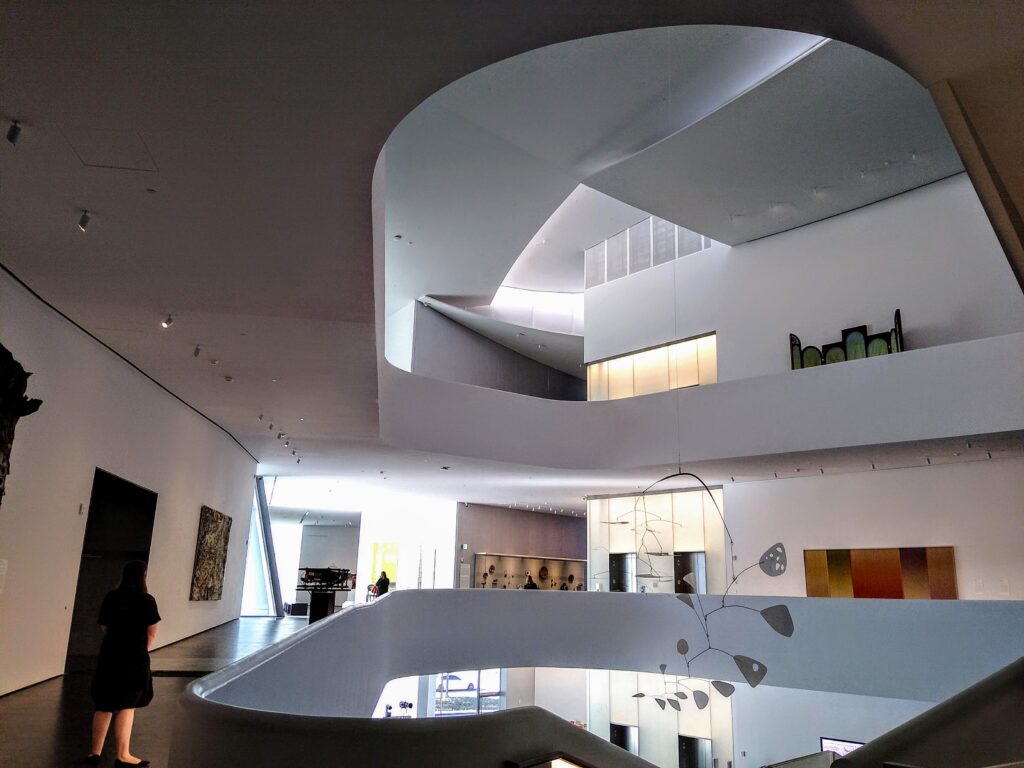
The redevelopment of the Sarofim Campus and off-site art-storage facilities has been the largest cultural project in North America, with some 650,000 square feet of new construction.
Steven Holl Architects designed the master plan for the redevelopment, along with the Kinder Building and a new home for the Glassell School of Art. Lake|Flato Architects designed the new Sarah Campbell Blaffer Foundation Center for Conservation.
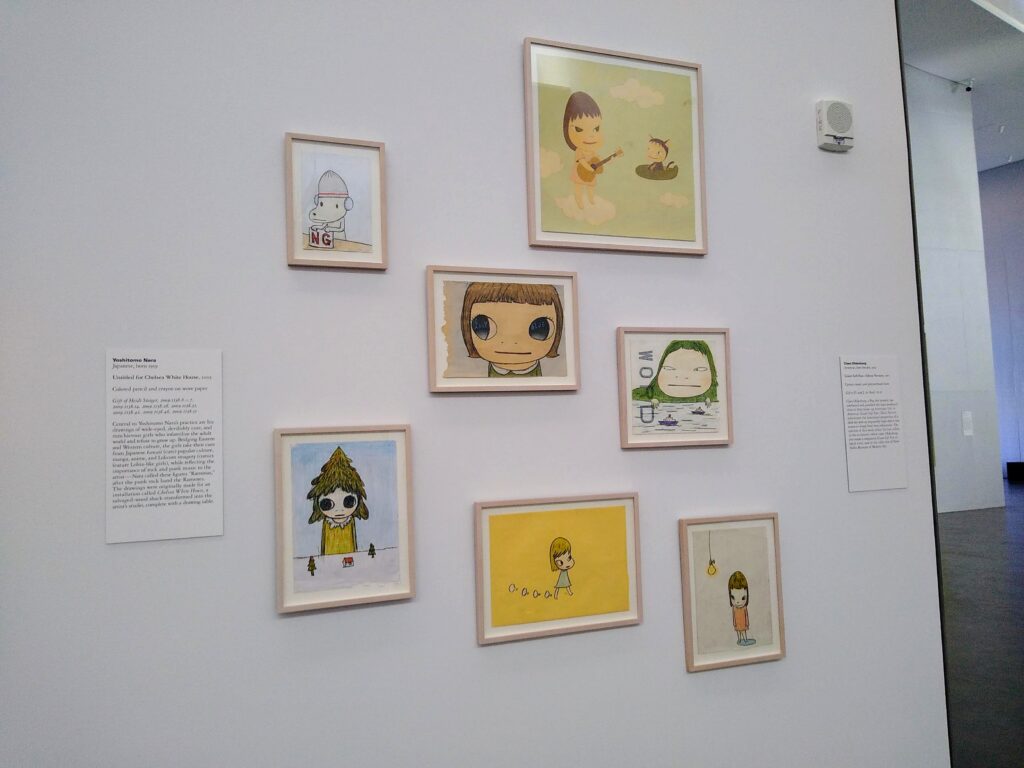
Both the school and the conservation center opened in 2018. Green spaces by Deborah Nevins & Associates, in collaboration with Mario Benito, help unify the 14-acre campus and make it a walkable urban oasis in Houston’s increasingly dense Museum District.
Support for the Campus Project
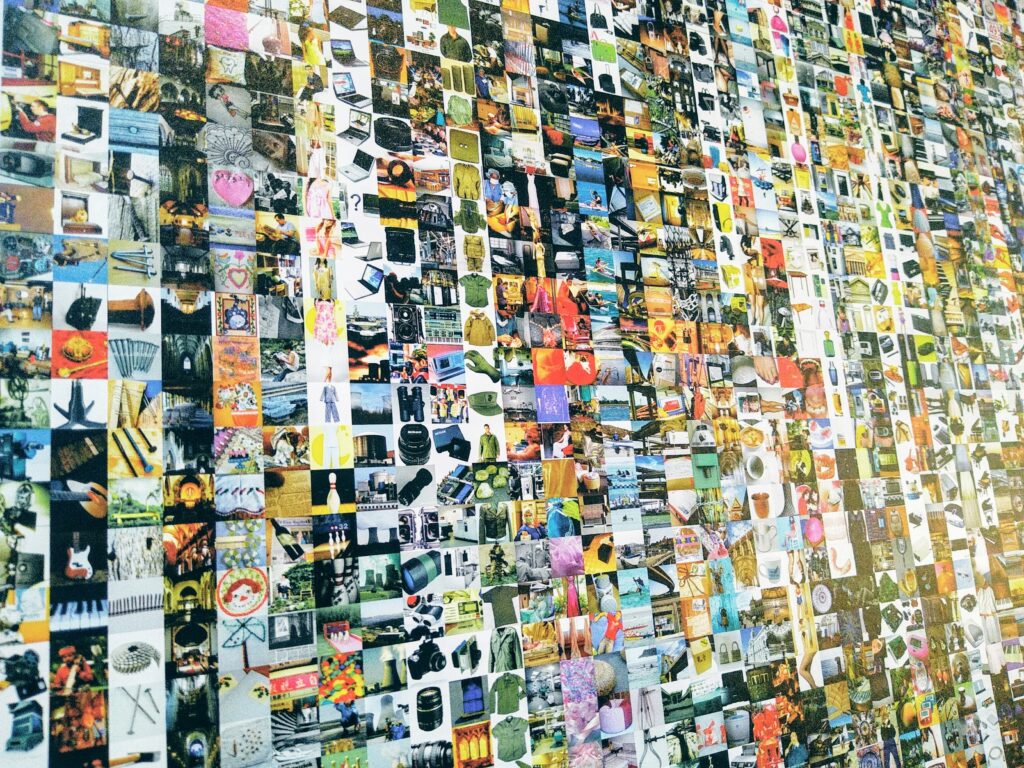
Bank of America is the Lead Corporate Sponsor for the Kinder Building inaugural presentations, supporting the five thematic exhibitions on the third floor. “Art has the power to bring communities together – something we need now more than ever,” said Hong Ogle, Houston market president, Bank of America. “At the new MFAH Kinder Building, Bank of America is helping bring modern and contemporary art to light in Houston, including thought-provoking presentations that reflect on ideas of community and bear witness to social injustices and struggles of our time.”
The Nancy and Rich Kinder Building opening is sponsored in part by a major grant from the Texas Commission on the Arts.
The MFAH initiated its Campaign for the Museum of Fine Arts, Houston in January 2012 with a goal of $450 million, including funds for operating endowment. The campaign has exceeded expectations, raising more than $470 million to date.
Photos by V. Sweeten